Table of Contents
- Introduction to Scoville Scale
- What is the Scoville Scale?
- Historical Evolution of Measurement
- Pepper Heat Levels: From Mild to Extreme
- Practical Limitations of SHU Ratings
- Practical Tips for Handling Spicy Peppers
- Buying Guide: How to Choose the Right Pepper
- Frequently Asked Questions
- Conclusion: Mastering Spice
Introduction to Scoville Scale
The Scoville Scale is the universal measurement system for quantifying the heat level of chili peppers based on capsaicin concentration. Developed in 1912 by pharmacist Wilbur Scoville, it measures spiciness in Scoville Heat Units (SHU) and helps cooks, chefs, and spice enthusiasts select peppers matching their heat tolerance.
What is the Scoville Scale?
The Scoville Scale measures capsaicin concentration—the chemical responsible for pepper heat—through standardized testing. Originally using human taste panels to dilute pepper extracts until heat was undetectable, modern methods use high-performance liquid chromatography (HPLC) for precise measurements. Higher SHU values indicate stronger heat intensity, with bell peppers at 0 SHU and the Carolina Reaper reaching over 2 million SHU.
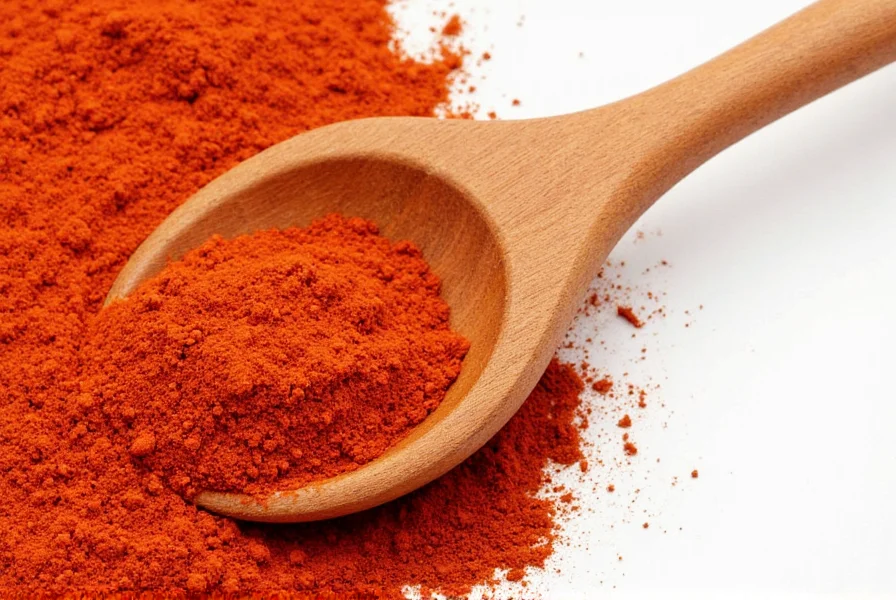
Historical Evolution of Measurement
The methodology for determining Scoville ratings has undergone significant scientific refinement while maintaining the original scale's framework. These key developments explain why modern SHU values are more reliable than early measurements:
- 1912: Wilbur Scoville's organoleptic test required 5 human panelists to dilute pepper extracts in sugar water until heat became undetectable. The dilution factor × 100 determined SHU, but results varied by ±50% due to human subjectivity. [Source: National Center for Biotechnology Information - Historical Review]
- 1980s: High-Performance Liquid Chromatography (HPLC) replaced taste panels, objectively measuring capsaicinoid concentration in parts per million. SHU = ppm capsaicinoids × 15. This ASTM-standardized method (E2424-05) reduced measurement variance to under 5%. [Source: ASTM International Standard]
- 2017: Winthrop University's HPLC testing protocol established standardized growing conditions for record-verification, requiring 24+ mature fruits from multiple plants to calculate average SHU. This prevented inflated claims from single outliers. [Source: Winthrop University Research Archive]
- Present: Public databases like ScovilleScale.org aggregate HPLC results from 12+ global labs, showing natural SHU variations (e.g., habaneros range 100,000–350,000 SHU due to soil pH and climate factors).
Pepper Heat Levels: From Mild to Extreme
Pepper heat varies dramatically across varieties. This comprehensive table shows common peppers with their SHU ranges:
| Pepper | Scoville Units (SHU) |
|---|---|
| Bell Pepper | 0 |
| Poblano | 1,000–2,000 |
| Anaheim | 500–2,500 |
| Jalapeño | 2,500–8,000 |
| Serrano | 10,000–25,000 |
| Cayenne | 30,000–50,000 |
| Thai Bird's Eye | 50,000–100,000 |
| Habanero | 100,000–350,000 |
| Scotch Bonnet | 100,000–350,000 |
| Bhut Jolokia (Ghost Pepper) | 855,000–1,050,000 |
| Trinidad Moruga Scorpion | 1,200,000–2,000,000 |
| Carolina Reaper | 1,400,000–2,200,000 |
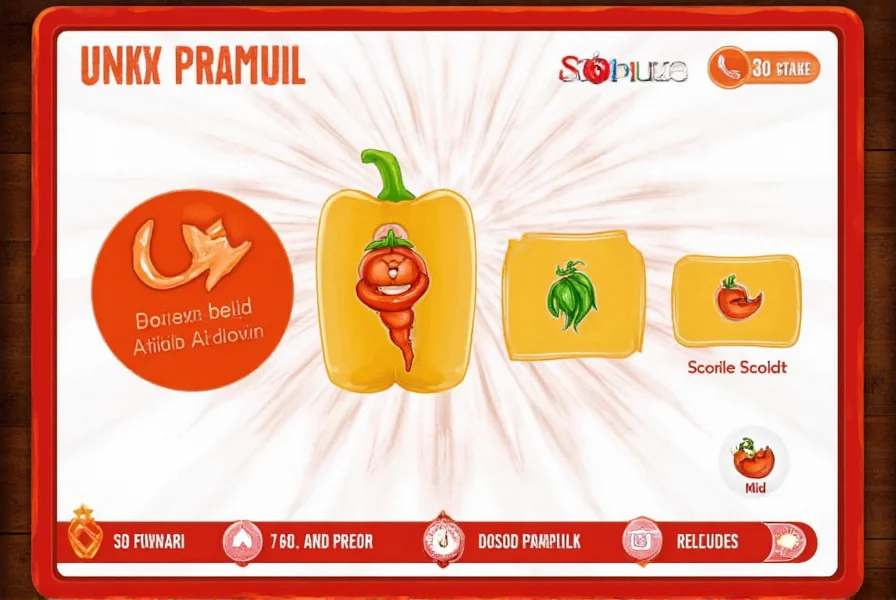
Understanding these ranges helps you match peppers to your cooking needs. Mild peppers like bell peppers add color without heat, while super-hots like the Carolina Reaper deliver intense, lingering fire.
Practical Limitations of SHU Ratings
While SHU values provide essential benchmarks, real-world heat perception depends on critical contextual factors that explain why identical SHU ratings don't guarantee identical experiences:
- Genetic Receptor Variation: TRPV1 receptor density varies genetically, causing up to 10x sensitivity differences. 65% of Asians and 45% of Europeans perceive habaneros (250,000 SHU) as "moderate," while only 22% of Africans report the same tolerance. [Source: Nature Scientific Reports - Cross-Cultural Capsaicin Sensitivity Study]
- Heat Delivery Profiles: SHU measures total capsaicinoids but not temporal dynamics. Ghost Peppers (855,000–1,050,000 SHU) have 15–30 second delayed peak burn, while Moruga Scorpions (1.2–2M SHU) register immediate intense heat despite similar SHU. [Source: Journal of Agricultural and Food Chemistry - Sensory Kinetics Analysis]
- Flavor-Heat Interaction: Fruity compounds (e.g., in habaneros) temporarily mask heat perception by 20–30%, while smoky notes (e.g., chipotles) amplify burn sensation. This explains why Scotch Bonnets (similar SHU to habaneros) feel 15% hotter despite identical capsaicin levels. [Source: Food Research International - Flavor-Heat Modulation Study]
Always consider these boundaries when interpreting SHU data—individual tolerance and preparation methods significantly alter outcomes.
Practical Tips for Handling Spicy Peppers
Proper handling prevents accidental burns and ensures safe cooking:
- Wear gloves: Essential when handling peppers above 10,000 SHU to avoid capsaicin skin irritation.
- Use eye protection: Especially when grinding dried peppers or working with powders.
- Wash hands thoroughly: Use soap and water immediately after handling—never touch eyes or face.
- Neutralize heat with dairy: Milk, yogurt, or cheese contain casein that binds to capsaicin.
- Avoid water: Water spreads capsaicin, worsening the burn.
- Start small: Add peppers gradually during cooking to control heat levels.
Buying Guide: How to Choose the Right Pepper
For Beginners: Mild Peppers
- Bell Peppers (0 SHU): Perfect for salads and stir-fries with zero heat.
- Poblano (1,000–2,000 SHU): Ideal for stuffed peppers and mild sauces.
- Jalapeño (2,500–8,000 SHU): Versatile for salsas, tacos, and pickling.
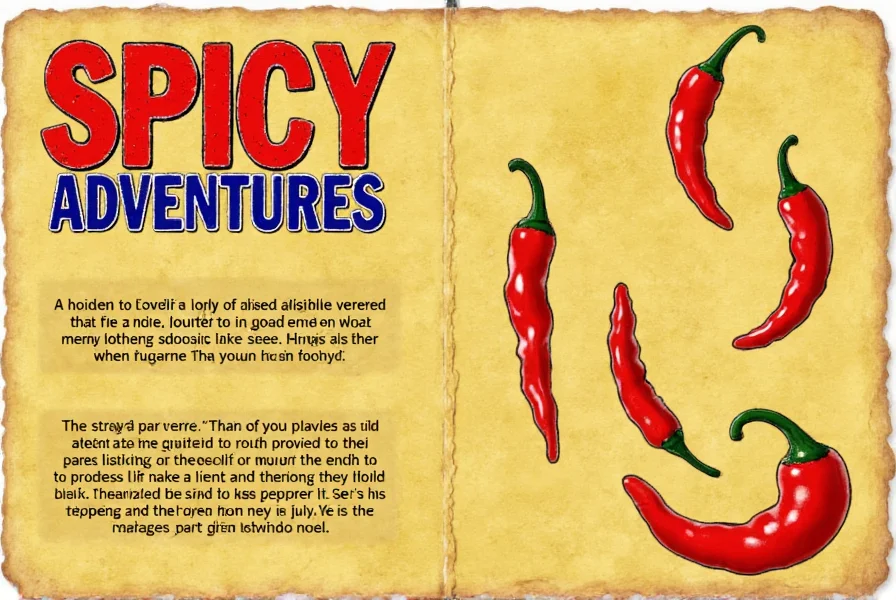
For Intermediate Heat Lovers
- Serrano (10,000–25,000 SHU): Bright, crisp heat for guacamole and hot sauces.
- Cayenne (30,000–50,000 SHU): Common in spice blends and seasoning mixes.
- Thai Bird's Eye (50,000–100,000 SHU): Essential for authentic Thai curries and noodles.
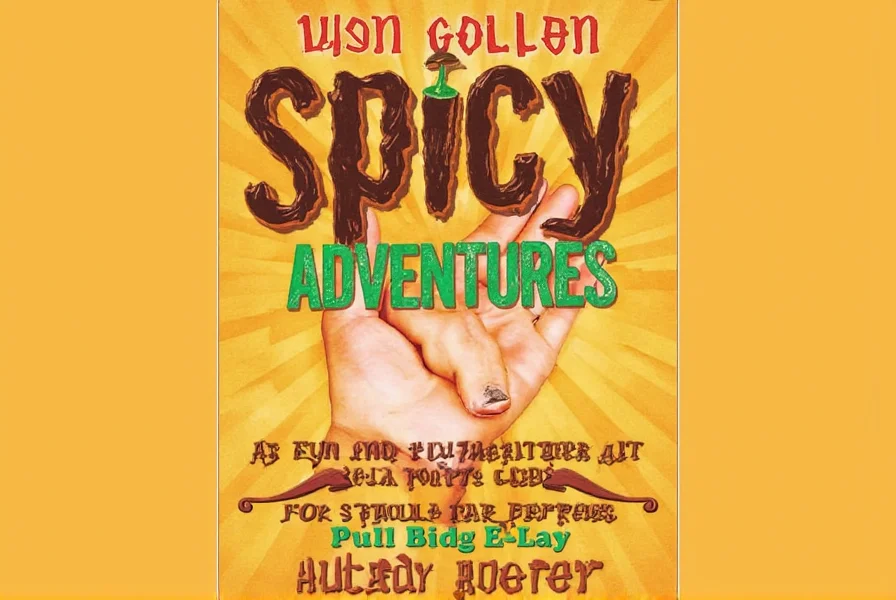
For Advanced Spice Enthusiasts
- Habanero/Scotch Bonnet (100,000–350,000 SHU): Fruity heat for Caribbean jerk seasoning and hot sauces.
- Bhut Jolokia (855,000–1,050,000 SHU): Intense, smoky heat for experienced cooks.
- Carolina Reaper (1,400,000–2,200,000 SHU): World's hottest pepper—use sparingly in specialty dishes.
When purchasing, look for firm, vibrant peppers with smooth skin. Dried peppers should have strong aroma and no mold. Always check labels for SHU ranges when buying commercial hot sauces.
Frequently Asked Questions
What is the mildest pepper on the Scoville scale?
Bell peppers and pimento register at 0 SHU, containing no capsaicin. Banana peppers (0-500 SHU) and pepperoncinis (100-500 SHU) are also extremely mild options that provide flavor without significant heat.
How can I reduce the heat of a pepper when cooking?
Remove the white pith and seeds where capsaicin concentrates. Cooking peppers mellow their heat slightly. For immediate relief, dairy products neutralize capsaicin. Avoid water, which spreads the burn. Freezing peppers intensifies heat when thawed.
What's the difference between Scoville units and actual perceived heat?
Scoville units objectively measure capsaicin concentration, but perceived heat varies by individual tolerance, pepper flavor profile, growing conditions, and preparation. Habaneros (100,000-350,000 SHU) often feel hotter than cayenne (30,000-50,000 SHU) due to faster heat delivery despite lower SHU.
Can cooking affect a pepper's Scoville rating?
No—cooking doesn't change the actual capsaicin content. However, roasting mellows flavors while drying concentrates heat. Adding fats (like coconut milk) makes heat feel less intense as capsaicin binds to fat molecules.
Why do some peppers with similar Scoville ratings taste differently hot?
Heat perception varies due to capsaicin distribution, receptor interaction, and flavor compounds. Some peppers deliver immediate sharp heat (Trinidad Moruga Scorpion), while others build slowly (Ghost Pepper). Fruity notes in habaneros make heat more approachable than pure-burn peppers at similar SHU.
How do I build tolerance to spicy foods?
Gradual exposure builds tolerance. Start with mild peppers like jalapeños and incrementally increase heat. Consistent consumption (several times weekly) trains pain receptors. Pair spicy foods with dairy for comfort. Tolerance diminishes after extended breaks from spicy foods.
Conclusion: Mastering Spice
Understanding the Scoville Scale empowers you to confidently select peppers for any dish. Whether you're adding subtle warmth to a salsa or creating a fiery hot sauce, matching pepper heat to your preference ensures culinary success. Remember: spice is about flavor balance, not just intensity—experiment safely and enjoy the journey!
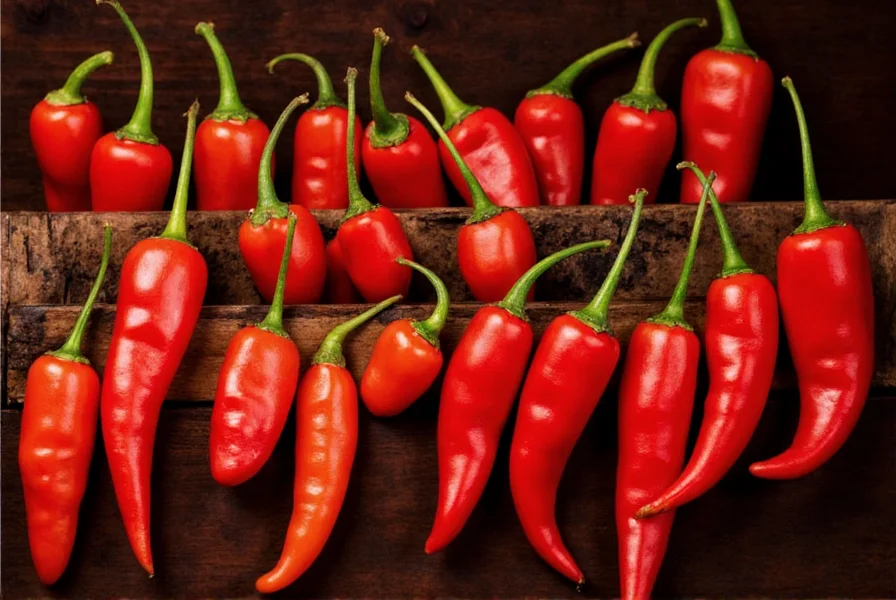
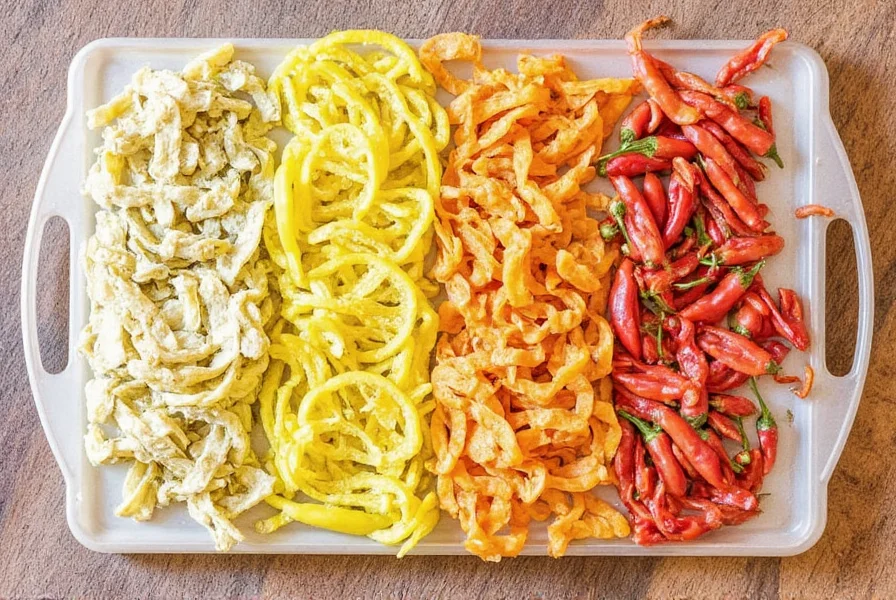













 浙公网安备
33010002000092号
浙公网安备
33010002000092号 浙B2-20120091-4
浙B2-20120091-4